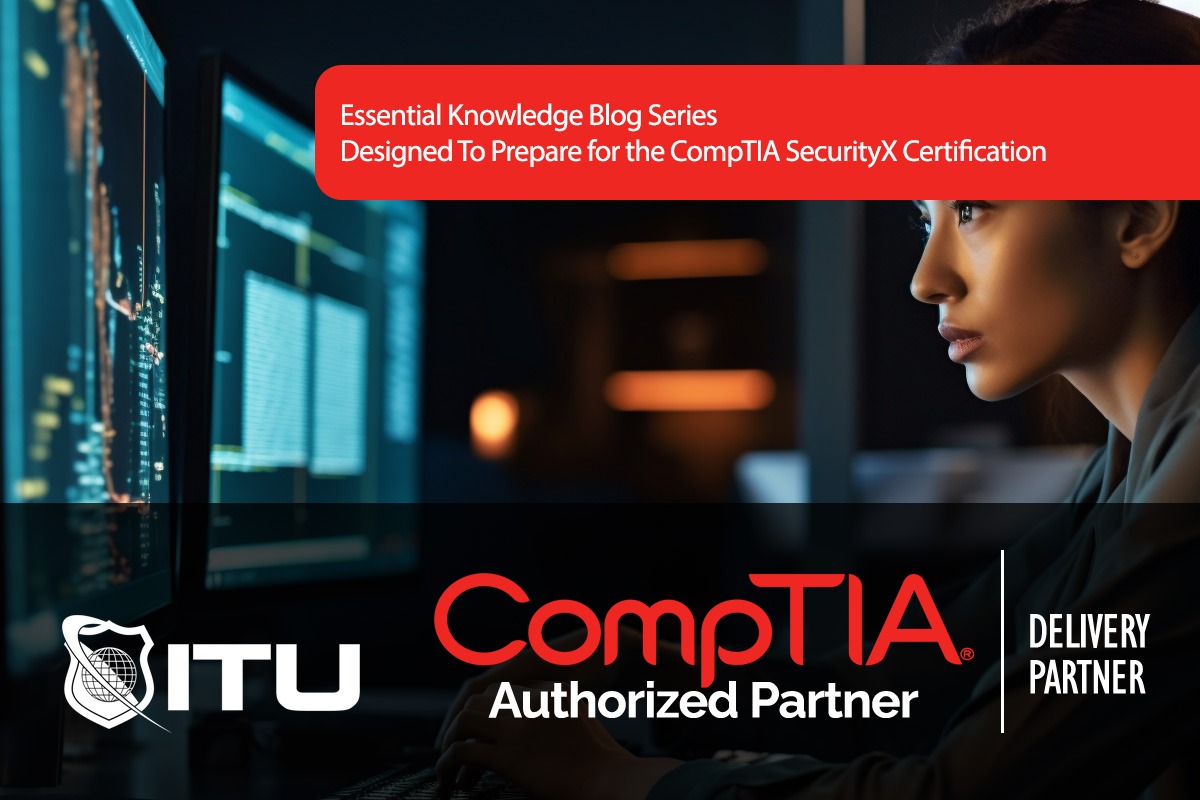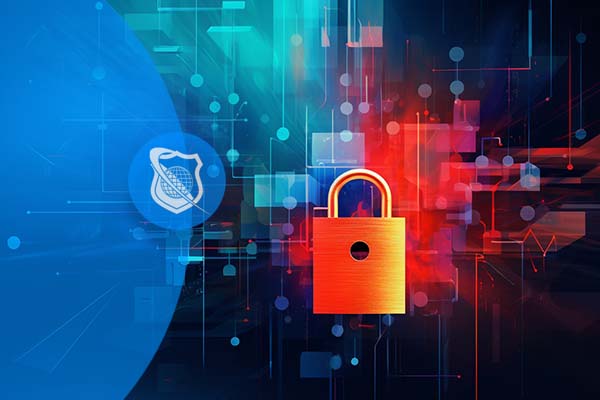Ensuring data integrity is a cornerstone of comprehensive cybersecurity practices. In the CompTIA SecurityX CAS-005 certification, integrity risk considerations are emphasized within the Governance, Risk, and Compliance (GRC) domain. This blog explores critical integrity protection measures such as remote journaling, hashing, interference prevention, and anti-tampering techniques. Understanding these measures helps safeguard data and systems against unauthorized alterations.
The Importance of Data Integrity in Risk Management
Data integrity refers to maintaining and assuring the accuracy and consistency of data over its lifecycle. Protecting data integrity is crucial as any unauthorized changes can lead to significant security incidents, financial loss, or reputational damage. Candidates studying for the SecurityX certification should understand how to manage integrity risks using both proactive and reactive methods.
Key Integrity Risk Considerations
- Remote Journaling
- Definition and Purpose: Remote journaling involves the continuous replication of data to a remote location to ensure backup integrity. It is an advanced method of disaster recovery that captures and transfers transaction logs to a secondary system in near real-time.
- Benefits: This practice provides a reliable means to recover data following incidents like corruption or system failures.
- Implementation Tips:
- Use encrypted channels for data transfer to protect the transaction logs during replication.
- Ensure that the remote site has adequate security controls to prevent unauthorized access.
- Hashing
- What It Is: Hashing converts input data into a fixed-size string of characters, which is typically a hash value, using algorithms like SHA-256. The hash uniquely represents the original data.
- Use Cases:
- Data Verification: Ensuring data has not been altered during transfer or storage.
- Password Protection: Storing password hashes instead of plaintext passwords adds a layer of security.
- Best Practices:
- Use strong hashing algorithms that are resistant to collisions (e.g., SHA-3) to enhance security.
- Combine hashing with salting (adding random data to input before hashing) to further secure sensitive information.
- Interference Prevention
- Definition: This involves protecting systems from deliberate disruptions that could alter or damage data. Interference can include electromagnetic disturbances or physical intrusions that affect data or system operations.
- Methods to Prevent Interference:
- Shielding and Isolation: Use of Faraday cages or EMI shielding to protect electronic systems from electromagnetic interference (EMI).
- Redundancy and Fail-safes: Implement redundant systems to ensure data availability and integrity during potential interference incidents.
- Monitoring Systems: Deploy continuous monitoring tools that detect and alert for any signs of interference that could impact data integrity.
- Anti-Tampering Measures
- Purpose: Anti-tampering techniques are designed to prevent unauthorized changes to data or system configurations. This ensures that the integrity of critical files and devices is maintained.
- Common Approaches:
- Hardware Protections: Leveraging tamper-evident seals and tamper-resistant hardware to secure physical devices.
- Software Solutions: Utilizing file integrity monitoring (FIM) tools that log changes to critical files and raise alerts when unauthorized modifications are detected.
- Implementation Strategies:
- Use secure boot mechanisms to verify the integrity of firmware and the operating system before full startup.
- Apply cryptographic signatures to software and data to validate their authenticity.
Integrating Integrity Measures into GRC Frameworks
For organizations and SecurityX certification candidates, understanding how to integrate integrity measures into GRC strategies is vital. Here’s how these practices align with broader risk management objectives:
Comprehensive Integrity Management
- Risk Assessment: Regularly assess potential risks to data integrity by identifying areas susceptible to tampering or interference.
- Mitigation Techniques: Implement a blend of physical, technical, and procedural controls to safeguard data.
- Policy Enforcement: Ensure that integrity control policies are part of standard operating procedures and subject to routine audits.
Incident Response and Validation
- Response Protocols: Develop incident response plans that include steps to validate data integrity post-breach. This could involve cross-checking current data with backups or hash values.
- Validation Tools: Use validation software that cross-references data against known good states to detect unauthorized alterations.
Leveraging Automation for Enhanced Protection
Automation tools can streamline integrity protection efforts:
- File Integrity Monitoring (FIM) Solutions: Automated FIM tools can continuously scan critical directories for unauthorized changes and report them in real-time.
- SIEM Integration: Integrating security information and event management (SIEM) systems ensures that potential integrity breaches are part of a unified monitoring strategy.
Preparing for Integrity Risk-Related Questions on the SecurityX Exam
CompTIA SecurityX candidates should focus on:
- Practical Understanding: Be able to explain the purpose and application of integrity risk measures like remote journaling and hashing in real-world scenarios.
- Technical Knowledge: Understand the inner workings of hashing algorithms and anti-tampering technologies, as well as how to deploy them effectively.
- Scenario Analysis: Prepare for exam questions that require identifying appropriate responses to data integrity threats in different scenarios.
Final Thoughts
Ensuring data integrity is a multi-faceted challenge that requires a blend of proactive strategies, continuous monitoring, and response readiness. By mastering concepts such as remote journaling, hashing, interference prevention, and anti-tampering measures, IT professionals can safeguard their organization’s data against integrity risks and contribute to a robust security posture. Understanding these practices not only aids in CompTIA SecurityX exam preparation but also equips professionals with critical skills for real-world cybersecurity challenges.
Frequently Asked Questions Related to Integrity Risk Considerations
What is remote journaling, and how does it protect data integrity?
Remote journaling involves continuously replicating transaction logs to a secondary location to ensure data backups are intact. This method helps in recovering data swiftly following incidents like data corruption or system failures.
How does hashing contribute to data integrity?
Hashing converts data into a fixed-size hash value that uniquely represents the original input. This ensures that if the data is altered, its hash will change, indicating a potential compromise. Algorithms like SHA-256 are commonly used for this purpose.
What methods help prevent interference from affecting data integrity?
Interference can be prevented by using EMI shielding, redundant systems, and monitoring tools to detect and alert for electromagnetic disturbances or physical tampering that could disrupt data or system operations.
What are anti-tampering measures in cybersecurity?
Anti-tampering measures include hardware protections such as tamper-evident seals and software solutions like file integrity monitoring (FIM). These measures ensure unauthorized changes to data or configurations are detected and logged.
How can organizations ensure data integrity after a breach?
Organizations can use post-breach validation techniques such as comparing data to backups or pre-breach hash values. Incident response plans should include these validation steps to confirm the integrity of affected data.











